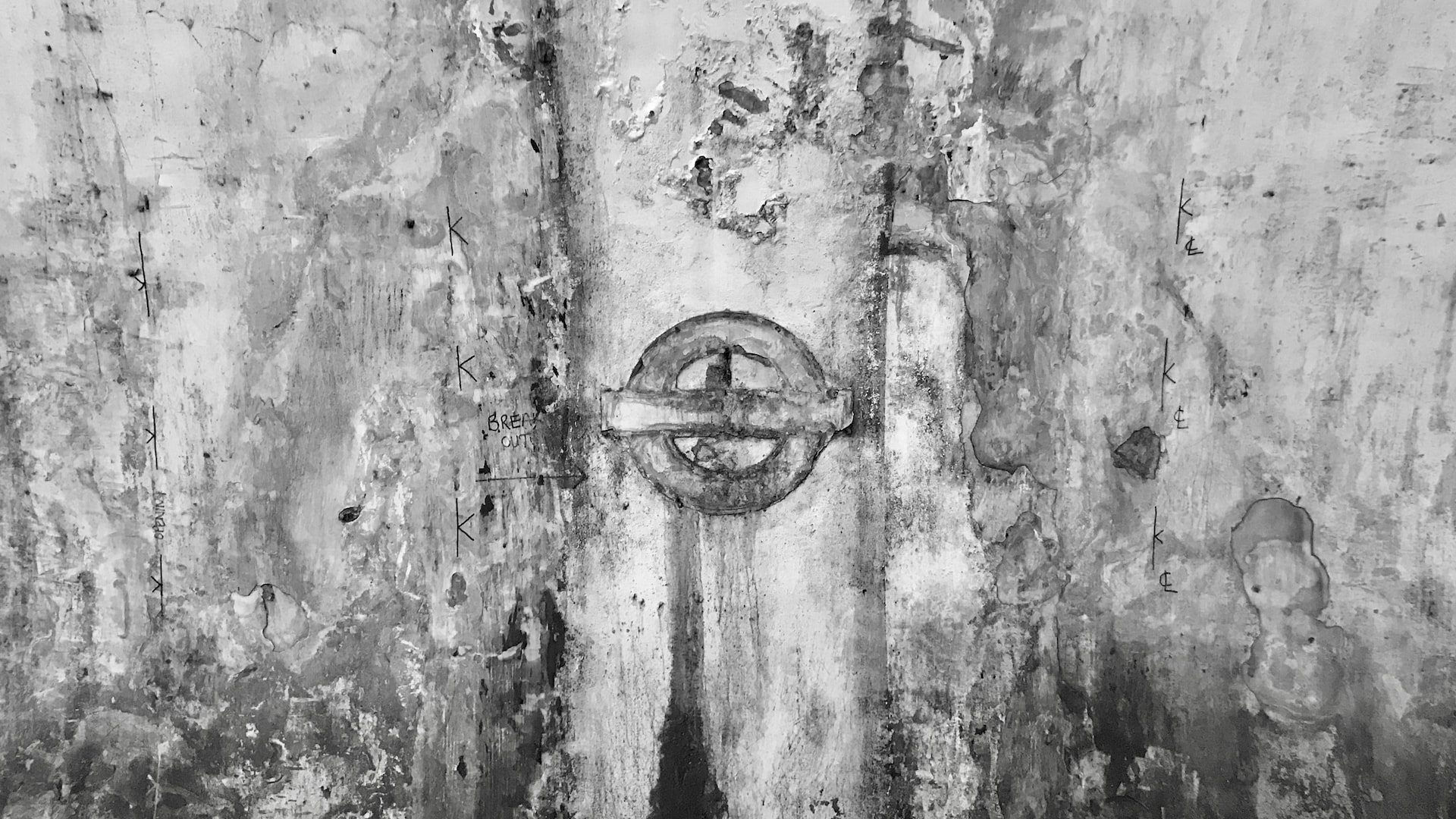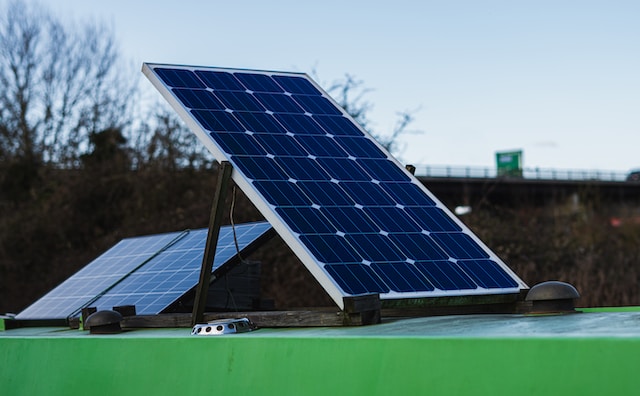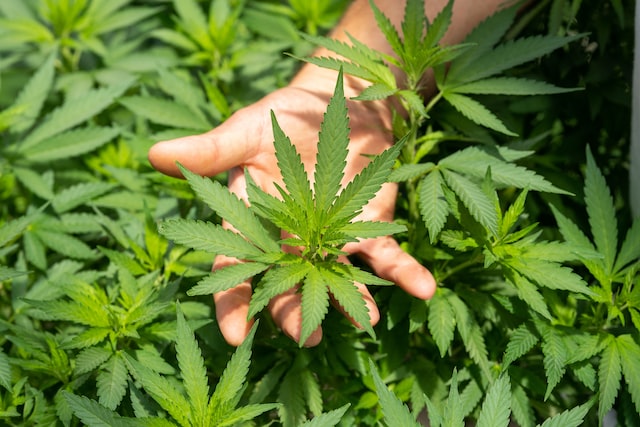Manufacturing is one of the largest branches of engineering, accounting for ten percent of the US GDP. Manufacturing plants face significant risks during their operation. From cyber attacks to fires and earthquakes, there are several factors to consider when planning contingencies against unexpected risks.
One such risk is water damage, which many usually ignore. It refers to losses caused by water, including buildings, walls, and even manufacturing machinery. The cause of this damage can range from pipes breaking to floods and excess rain.
Why Is Water Damage So Deadly?
Water damage is a huge concern. Water seeping into walls not only washes out paint but also causes walls to crack due to the rusting of steel. This rusting can affect manufacturing apparatus, which may require expensive repairs and cause operations to stop for several days. Water also promotes bacteria and mold growth which can be a significant biohazard.
Removing mold requires costly treatments, some of which are utilized in homeless encampment removal. Water can also lead to electrical fires, which can be small, easy to put out, or severe enough to cause significant loss. Most importantly, water can also compromise the structural integrity of a building and, in a worst-case scenario, may cause parts of a building to collapse completely.
How to Prevent Water Damage?
Considering all of these risks, preventing water damage from getting out of control is crucial in ensuring the manufacturing process can continue uninterrupted.
1. Sealing Cracks
When you first observe a crack in a wall, immediately sealing the crack will prevent it from getting larger and causing more damage. Consider replacing equipment and machinery parts or treating them for rust at the first signs of wear to prevent further risk.
2. Insulating and Repairing Pipes
Pipes can break for several reasons, one of which is water freezing. Insulate pipes with a risk of water freezing so they do not burst due to ice formation. It is also essential to know the precise location of the pipes in a manufacturing plant and where the risk of leaks may exist. Ensure your water pipes are not placed close to electrical wires, as water exposure can lead to electrical fires.
3. Removing Drainage Blocks
Another reason why water pipes can explode is due to blocked drains and gutters, which can affect how water flows. Cleaning and maintaining these drains is a necessary step to prevent damage. This can be done by routinely checking drains for debris, algae, and other causes of blocks. These blocks, if caught early, can usually be easily cleaned by brushing the drain, but more severe blocks may need to be treated with chemicals or may need to be sucked out using a vacuum.
4. Checking for Leaks Regularly
Preemptively check for leaks at regular intervals, even if there is no apparent water damage. People usually ignore initial wear-and-tear signs. Check for leaks regularly, even when everything is operating as expected.
Endnote:
The safety of workers and equipment is a huge priority for a manufacturing plant. It is unwise to cheap out on these safety procedures, as they can cause significant losses financially and to the lives of those working. It is a long-term investment that will pay dividends in the future. Worker safety has long been something that most plant owners do not prioritize, and only by changing that culture can manufacturing innovate and thrive.







